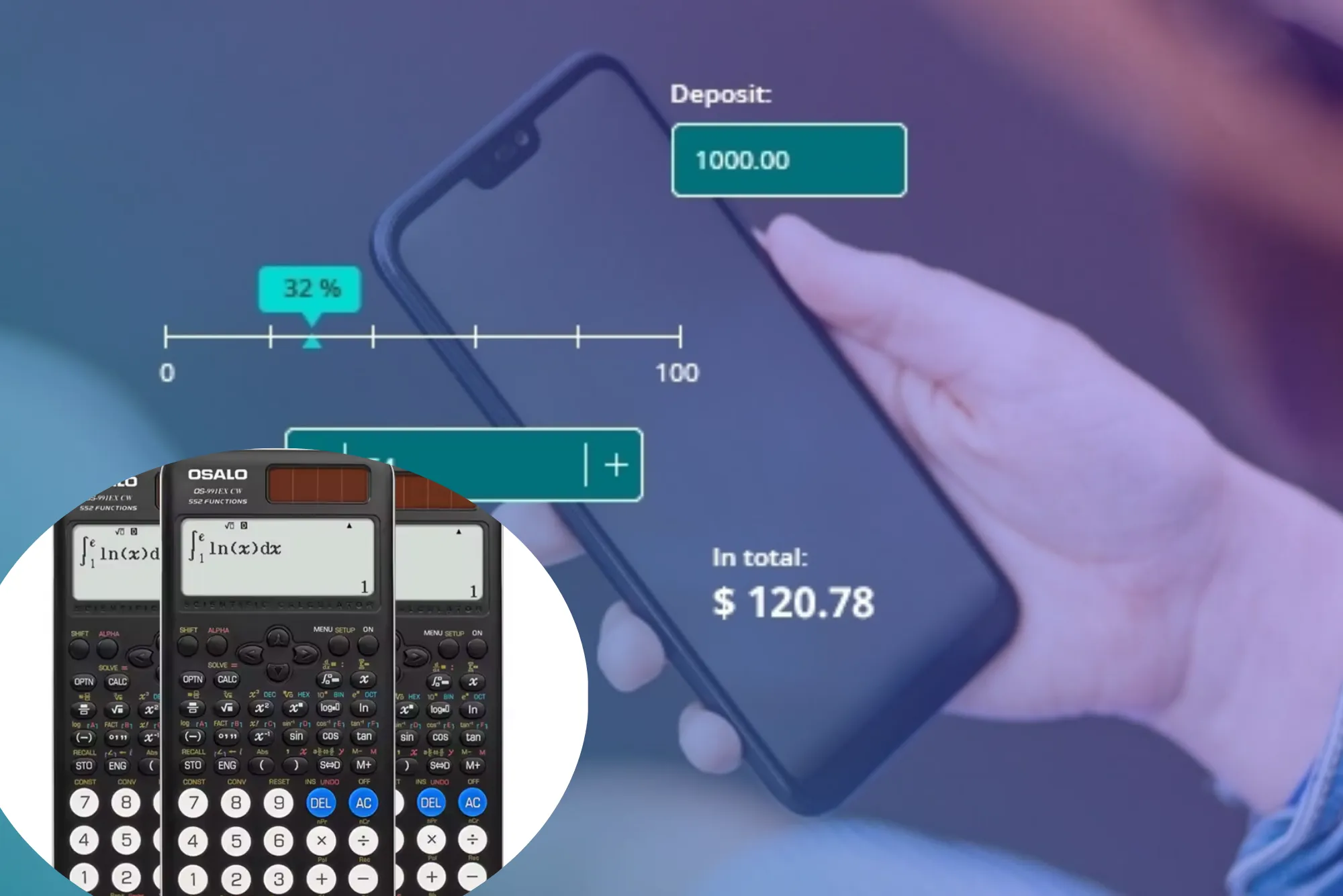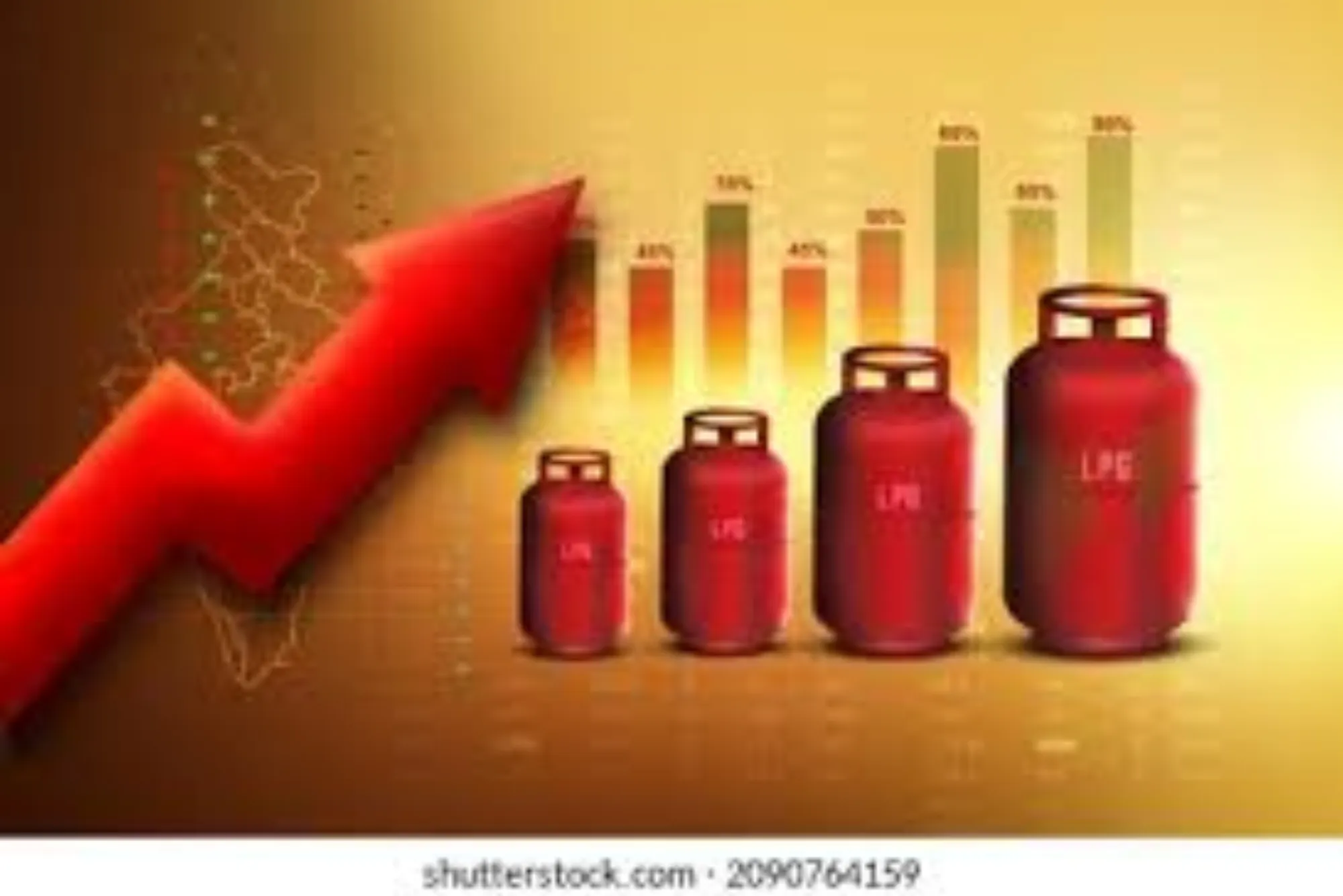High-volatility slots are a thrilling choice for many online casino players, offering the potential for massive payouts but also carrying higher risks. If you’ve ever spun the reels on these games, you might have noticed they often come with fewer bonuses compared to their low- or medium-volatility counterparts. This observation sparks curiosity: why do high-volatility slots have fewer bonuses? In this article, we’ll dive deep into the mechanics, design philosophy, and economics behind high-volatility slots, exploring why bonus features are less frequent and how this impacts your gaming experience. Whether you’re a seasoned player or new to the world of online slots, understanding this dynamic can help you make informed choices, especially when playing at the best no KYC casinos.
What Are High-Volatility Slots?
Before we unpack the reasons behind fewer bonuses, let’s clarify what high-volatility slots are. Volatility, sometimes referred to as variance, measures the risk level of a slot game. High-volatility slots are characterized by infrequent but potentially large payouts. Unlike low-volatility slots, which offer smaller, more frequent wins, high-volatility games can keep you spinning for longer periods without a win, only to reward you with a substantial prize when luck strikes.
These games appeal to players who enjoy the thrill of chasing big jackpots and are willing to accept the risk of longer losing streaks. However, the design of these slots, including their bonus structures, is carefully crafted to balance player engagement, casino profitability, and game mechanics.
How Volatility Affects Gameplay
High-volatility slots are built for players with patience and a higher risk tolerance. The anticipation of landing a big win keeps players engaged, but the infrequency of payouts means the game must maintain excitement in other ways. This is where bonus features—like free spins, multipliers, or interactive mini-games—come into play. However, these bonuses are often less frequent in high-volatility slots, and there’s a good reason for that.
Why High-Volatility Slots Have Fewer Bonuses
The scarcity of bonuses in high-volatility slots isn’t arbitrary; it’s a deliberate design choice rooted in game mechanics, player psychology, and casino economics. Let’s explore the key reasons behind this trend.
1. Balancing Risk and Reward
High-volatility slots are designed to deliver significant payouts, often through large jackpots or high-value symbol combinations. To maintain this high-reward structure, game developers carefully control the frequency of bonuses. If these slots offered frequent bonuses, the potential payouts could become unsustainable for casinos, especially those offering games at the best no KYC casinos, where players expect seamless and rewarding experiences.
Bonuses like free spins or multipliers increase the chances of winning without additional bets, which could tip the scales too far in the player’s favor. By limiting bonus frequency, developers ensure that the game remains profitable while still offering the allure of massive wins.
2. Maintaining Game Balance and RTP
Every slot game has a Return to Player (RTP) percentage, which indicates the average amount of money returned to players over time. High-volatility slots typically have RTPs similar to low- or medium-volatility games, often ranging from 95% to 98%. However, the way this RTP is distributed differs significantly.
In high-volatility slots, a larger portion of the RTP is tied to base game wins or rare, high-value bonus rounds rather than frequent smaller bonuses. If developers included too many bonuses, the RTP could become skewed, making the game either too generous (hurting casino profits) or too stingy (discouraging players). By reducing the frequency of bonuses, developers maintain a delicate balance that keeps the game exciting without compromising its financial structure.
3. Enhancing the Thrill of Rarity
High-volatility slots thrive on the thrill of rarity. The anticipation of landing a big win—or a coveted bonus round—keeps players engaged. If bonuses were too common, they would lose their excitement and dilute the high-stakes experience that defines these games. Developers intentionally make bonuses harder to trigger to heighten the sense of achievement when they do occur.
For example, a high-volatility slot might offer a single, highly rewarding free spins round with multipliers, rather than multiple smaller bonus features. This design choice aligns with the game’s high-risk, high-reward philosophy, making every bonus feel like a significant event.
4. Economic Considerations for Casinos
Casinos, including the best no KYC casinos, operate on a business model that relies on maintaining a house edge. High-volatility slots are designed to attract players with the promise of big wins, but frequent bonuses could erode this edge. By limiting bonuses, casinos ensure that the game remains profitable while still offering players the chance to hit substantial payouts.
Additionally, high-volatility slots often appeal to high rollers who are willing to wager larger amounts. These players are less reliant on frequent bonuses to sustain their gameplay, as they’re chasing the big wins that come from base game combinations or rare bonus triggers. This dynamic allows casinos to cater to a specific audience while managing their financial risk.
5. Player Psychology and Engagement
Game developers understand that player psychology plays a significant role in slot design. High-volatility slots are built to create a rollercoaster of emotions—long stretches of anticipation followed by moments of exhilaration. Frequent bonuses could disrupt this rhythm, reducing the emotional impact of a big win.
By spacing out bonuses, developers keep players engaged through the promise of something extraordinary. This approach also encourages players to continue spinning in hopes of triggering the elusive bonus round, which can be particularly appealing in the anonymous, hassle-free environment of the best no KYC casinos.
How Fewer Bonuses Impact the Player Experience
While fewer bonuses might seem like a drawback, they can enhance the gaming experience in high-volatility slots when designed thoughtfully. Here’s how this dynamic plays out for players.
Bigger, More Impactful Bonuses
When high-volatility slots do offer bonuses, they’re often more substantial than those in low-volatility games. For instance, a free spins round in a high-volatility slot might come with escalating multipliers, expanding wilds, or other features that significantly boost potential payouts. This makes the rare bonus moments feel incredibly rewarding, aligning with the game’s high-risk, high-reward nature.
Building Anticipation
The infrequency of bonuses creates a sense of anticipation that keeps players on the edge of their seats. Each spin feels like it could be the one to unlock a life-changing payout, whether through a base game win or a rare bonus feature. This heightened suspense is a key reason why high-volatility slots are so popular among thrill-seekers.
Strategic Bankroll Management
Fewer bonuses mean players need to approach high-volatility slots with a different mindset. These games require careful bankroll management, as long losing streaks are common. However, the potential for massive wins makes them appealing for players who are prepared to weather the dry spells. Playing at the best no KYC casinos can enhance this experience, as these platforms often offer fast withdrawals and anonymous gameplay, allowing players to focus on strategy without bureaucratic hurdles.
Comparing High-Volatility Slots to Low-Volatility Slots
To fully understand why high-volatility slots have fewer bonuses, it’s helpful to compare them to low-volatility slots. Low-volatility games are designed for players who prefer steady, smaller wins and frequent bonuses. These slots often include features like free spins, pick-and-win games, or small multipliers that trigger regularly to keep players engaged.
In contrast, high-volatility slots prioritize big wins over frequent rewards. Their bonuses are less common but typically offer higher payouts or more complex features. This contrast reflects the different audiences each type of slot targets: low-volatility slots cater to casual players, while high-volatility slots attract those seeking high-stakes thrills.
Examples of High-Volatility Slots
Some popular high-volatility slots illustrate this trend. Games like Book of Dead by Play’n GO or Dead or Alive II by NetEnt are known for their infrequent but highly rewarding bonus rounds. In Book of Dead, for example, the free spins feature is difficult to trigger, but when it does, expanding symbols can lead to massive payouts. These games show how developers balance rarity with reward to create an engaging experience.
Tips for Playing High-Volatility Slots
If you’re drawn to the excitement of high-volatility slots, here are some tips to enhance your experience:
1. Manage Your Bankroll Wisely
High-volatility slots can be unpredictable, so set a budget and stick to it. Ensure you have enough funds to weather potential losing streaks while waiting for a big win or bonus round.
2. Choose Reputable Casinos
Playing at the best no KYC casinos ensures a seamless experience with fast payouts and minimal hassle. These platforms allow you to focus on the game without worrying about lengthy verification processes.
3. Understand the Game’s Features
Before playing, review the slot’s paytable and bonus mechanics. Knowing what to expect can help you stay patient during dry spells and make the most of any bonus rounds that do trigger.
4. Take Advantage of Casino Promotions
Some casinos offer promotions like free spins or deposit bonuses that can extend your playtime on high-volatility slots. Check for these offers to maximize your chances of hitting a big win.
Conclusion
High-volatility slots have fewer bonuses by design, as developers aim to balance risk, reward, and player engagement. By limiting bonus frequency, these games maintain their high-stakes appeal, offering the potential for massive payouts while keeping the experience thrilling and unpredictable. Whether it’s the anticipation of a rare free spins round or the excitement of a big base game win, high-volatility slots cater to players who crave adrenaline and are willing to take risks for substantial rewards.
For the best experience, consider playing at the best no KYC casinos, where you can enjoy these games with minimal hassle and maximum convenience. Understanding the mechanics behind high-volatility slots can help you approach them strategically, making every spin a step toward potential victory.






